A consumer survey by the National Association of Dental Plans found people without insurance are less likely to get basic dental care. Unfortunately, dental insurance in Houston TX, can be very confusing. It comes with its own vocabulary, including lists of exclusions. The following post is designed to make it easier to understand the different types of policies that exist.
Types of Coverage
Group Policy: This type of policy is less expensive than an individual policy because it covers a large number of people at the same time. Some examples of group dental policies are employer-sponsored plans, AARP plans, and ACA marketplace plans. If your employer sponsors a plan, check it out carefully to make sure it meets your needs before enrolling.
Individual Policy: This type of policy typically costs more than a group policy. You may have a waiting period for treatments like dental implants, dentures, crowns and gum disease treatment. Even covered services may be limited to 50 percent. There are numerous individual dental policies on the market. Shop around, compare benefits and ask questions before enrolling in a plan.
In-network/Out-of-network: A PPO or HMO dental policy requires members to see a dentist within their network. If you already have a good dentist, find out which plans they accept before making a decision. Some policies will allow you to see out-of-network dentists but will lower the percentage they reimburse.
Indemnity Plans: These fee-for-service plans allow you to see any dentist. Once you meet the deductible, the insurance company will pay a set percentage of the dentist’s fee. Some plans are 80-20 while others are 50-50. You are responsible for the remaining fee.
Annual Limits
Whether you end up with a group policy, individual policy or indemnity plan, it will have an annual limit for coverage. Most dental insurance limits are between $1000 and $1500 a year. In addition, you will have to meet an annual deductible- usually $50 to $100.
Covered Services
Dental policies reimburse 80 percent to 100 percent of basic services, such as exams, x-rays and cleanings when you see an in-network dentist. Treatments such as root canals and crowns may pay out at 50 percent or lower. Procedures such as cosmetic dentistry and orthodontia are generally not covered at all.
Treatment Proposals
Depending on the plan, your dentist may need to submit a treatment proposal before you receive services. A plan administrator will consider the eligibility period, services covered, co-payment and maximum benefits and make a preauthorized decision.
Dental insurance tends to be a good option for preventive care, like check-ups, cleanings and x-rays. If you expect high deductibles and non-covered charges to be an issue, consider opening a health savings account (HSA). You can use the money you save to pay your extra dental costs.
Dental discount plans are another option. However, you should watch for added charges and fees. Members pay a fee, typically under $100 a year, for access to dentists who agree to accept discounted rates.
Still have questions? Give us a call and our staff will be happy to help you find the answers to your questions regarding your coverage. Don’t have coverage? Be sure to ask us about our dental financing options.
